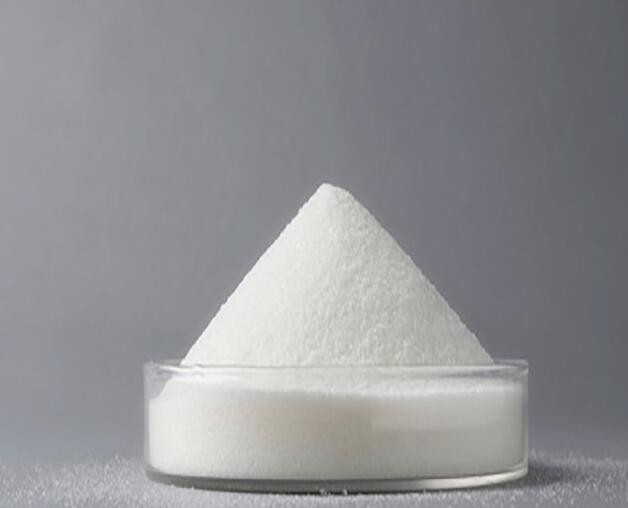Absorbent polymer, also known as water absorbent, is a new type of functional polymer material with strong water absorption and water retention, which is a hot topic in today's society. This paper introduces several common modification methods of water absorbent resin.
Montmorillonite, which is known as "universal material". It has many mineral components and has many excellent characteristics. It is mainly used in the pharmaceutical and chemical industry. Liu Pingsheng and others chose the intercalation method, inserting acrylic acid into the montmorillonite layer, separating the layers, and adding initiator and cross-linking agent to produce nano graded high water absorbent resin. It was found that its water absorption and salt absorption could reach 1200g/g and 121g / g.
Kaolin is a non-metallic mineral. Its many excellent characteristics determine its wide application in papermaking, ceramics, chemical industry, national defense and other fields. Zhang Xiaohong and others selected the reverse suspension polymerization method, took acrylic acid as monomer, kaolin as filler, and added an appropriate amount of initiator and crosslinker to obtain sodium polyacrylate / kaolin composite high water absorbent resin. The influence of polymerization conditions on its properties was explored, and it was found that the composite water absorbent had a great improvement in water absorption and salt resistance.

The main component of diatomite (siliceous rock) is the remains of ancient diatoms. Diatomite is widely distributed, rich in reserves, various purification methods, and has good water absorption. It can be used for the modification of polymer water absorbent resin. At the same time, diatomite also has many excellent characteristics, such as non-toxic, good suspension, good adsorption capacity, adjustable humidity and so on. Because of these excellent characteristics, it is widely used in urban sewage treatment, industrial filler, agricultural and pharmaceutical industry, indoor decoration and so on. Wangyongpeng et al. Selected the solution polymerization method, took acrylic acid and diatomite as monomers, added an appropriate amount of initiator and cross-linking agent in the synthesis process to obtain polyacrylic acid diatomite composite high absorbent polymer, and measured its water absorption in salt solution and its water retention at different temperatures and times. It was found that its water absorption and water retention in salt solution were improved, But the water retention rate will be affected by temperature and time.
Starch is a high molecular carbohydrate, belonging to homopolysaccharide. It has many physical properties, but its chemical properties are not much different from glucose. Starch is widely used in daily life. Using its excellent physical and chemical properties, great progress has been made in the modification of polyacrylate water absorbent resin. Based on their synthetic method, Zhang Rongming et al. Added non-ionic and cationic monomers to the monomers for graft copolymerization to obtain salt tolerant resin, and compared it with ordinary resin. The results showed that the water absorption of salt tolerant resin in different salt solutions was much better than that of ordinary resin. When the neutralization degree of acrylic acid was controlled at 70% - 80%, the water absorption was the highest, and the alkali resistance, acid resistance and salt resistance were better. At the same time, it also improves the moisture absorption and moisture retention of the soil, reduces the bulk density of the soil, and regulates the distribution of air and heat.

The modification of water absorbent resin is still a hot research topic in today's society. The composite absorbent polymer modified by montmorillonite, kaolin, diatomite and starch has greatly improved its water absorption, water retention and salt resistance, and can be more widely used in various industries.
Comment(1)
You can comment after
SIGN IN